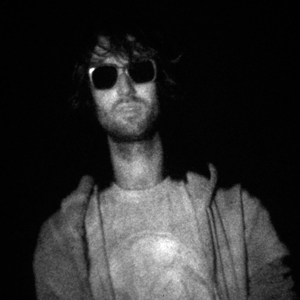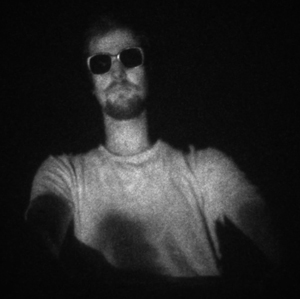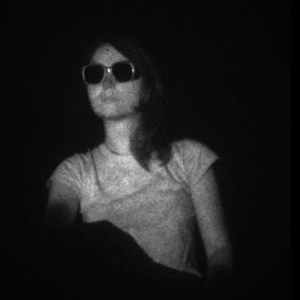ABOUT US
Thomas Juffmann
Thomas Juffmann is a physicist, who received his PhD at the University of Vienna for his work in experimental quantum physics. After postdoctoral work at Stanford University and the École normale supérieure in Paris, he now runs a lab at the University of Vienna working on light and electron microscopy. He authored several scientific papers in peer reviewed journals and loves underwater rugby.
Brannon Klopfer
Brannon Klopfer is a grad student in applied physics. He received his BS in physics and minor in computer science from Stanford in 2009, after which he worked in industry for several years before returning to Stanford for his doctoral studies. He hails from Mendocino county, California, where he was homeschooled by his parents. His interest in science started at an early age, playing with solar cells and motors on the front porch.
.
Philipp Haslinger
Philipp Haslinger studied Physics and Mathematics at the University of Vienna and is currently a physicist at UC Berkeley. Since 2015 he is supported by the Erwin-Schrödinger Fellowship (FWF). His work is currently focusing on experimental quantum mechanics and on the search for dark energy using atom interferometry. Besides that, he is interested in a variety of topics: tests of Lorentz invariance, – quantum decoherence, – quantum linearity, as well as cooling/trapping and quantum optics with atoms, biomolecules and nanoparticles. He is the author of many peer reviewed scientific papers and is not a fan of cilantro.
Enar de Dios Rodríguez
Enar de Dios Rodríguez received a BA and MA in Translation and Interpretation from the University of Vigo (Spain, 2009 and 2011). In 2011 she started a BFA in Photography at the University of Applied Arts of Vienna (Austria) and graduated with MFA from the San Francisco Art Institute (May 2016). Her interdisciplinary projects (using photography, video, text or installation) can be seen here and her videos can be watched here.
Acknowledgements
Prof. Mark Kasevich, for lab space and equipment.
The Gordon and Betty Moore Foundation, for funding research and equipment without which this project would not have been possible.
TeemPhotonics, for an excellent sub-ns 532 nm laser that we could borrow for our mobile setup.
Philipp Haslinger wants to thank the FWF (Der Wissenschaftsfond) and UC Berkeley.



